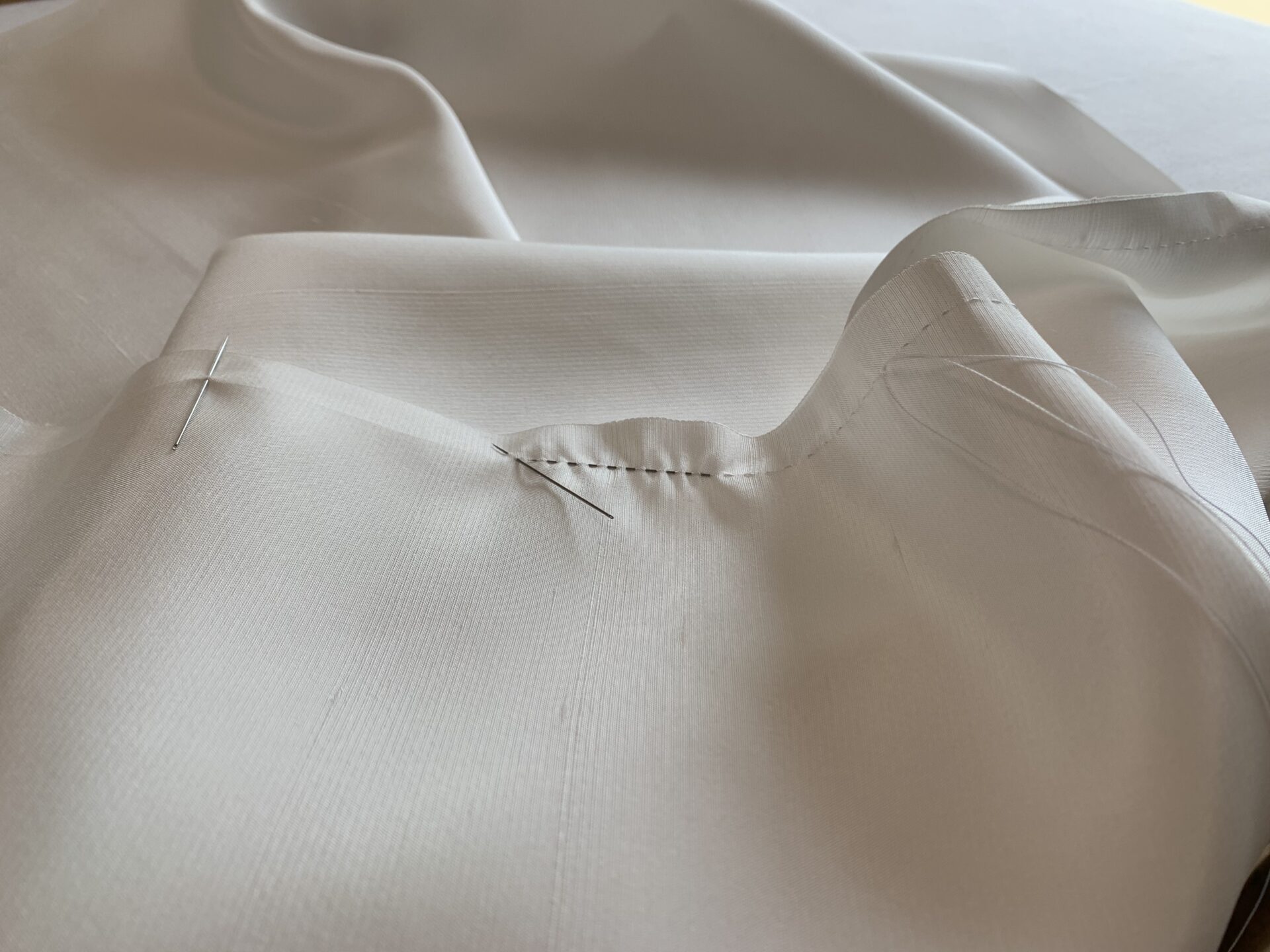-
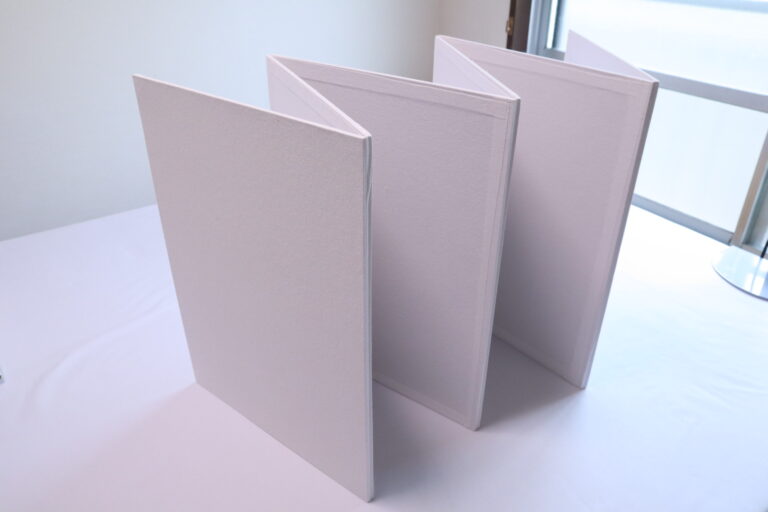 Sewing note
Sewing note
A fun little kimono quiz 2
This is a quiz on kimono sewing tools.There are 5 […] -
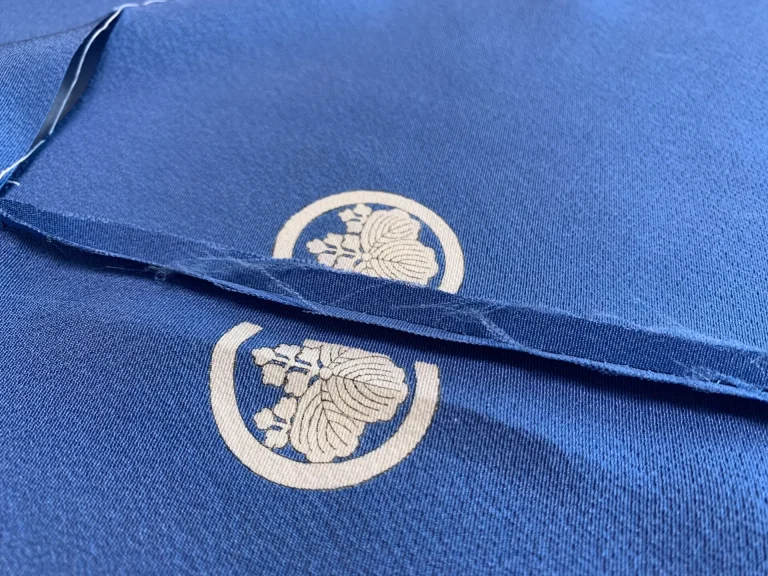 Sewing note
Sewing note
A fun little kimono quiz 1
This is a quiz on kimono names and terms unique to […] -
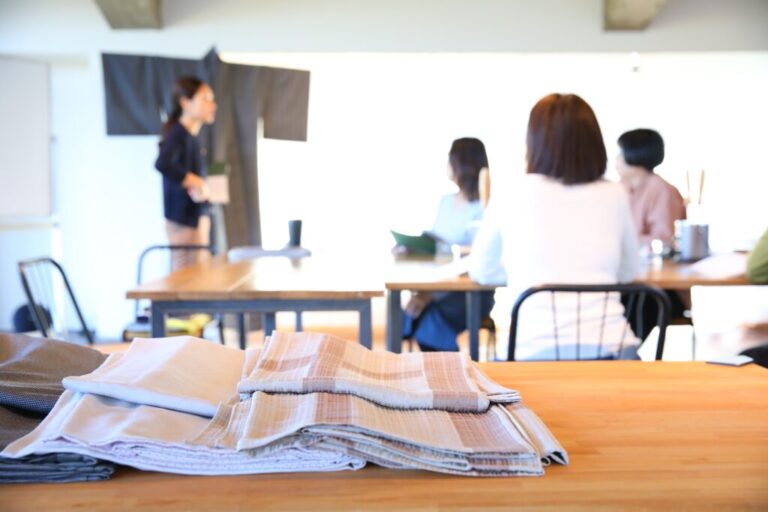 Sewing note
Sewing note
Rules for Expressing the Kujira-shaku Sc…
In the world of kimono sewing, there are still man […] -
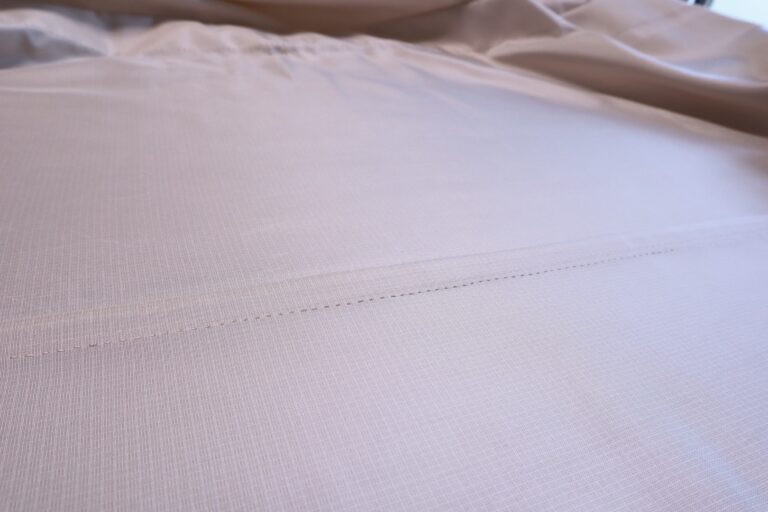 Sewing note
Sewing note
Difference between “Senui (背縫い)” and “Se…
The words used for sewing a kimono and the words u […] -
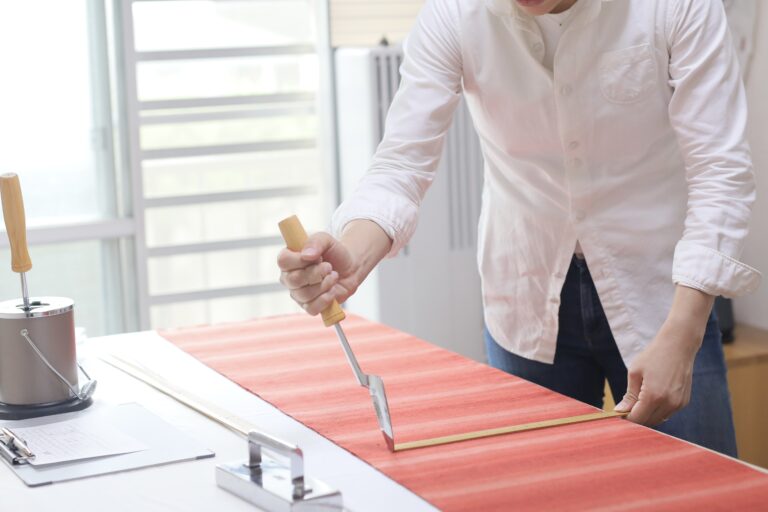 Sewing note
Sewing note
Conversion Formula Between cm and shaku
In kimono sewing, we use a unit called ” Kujira-sh […] -
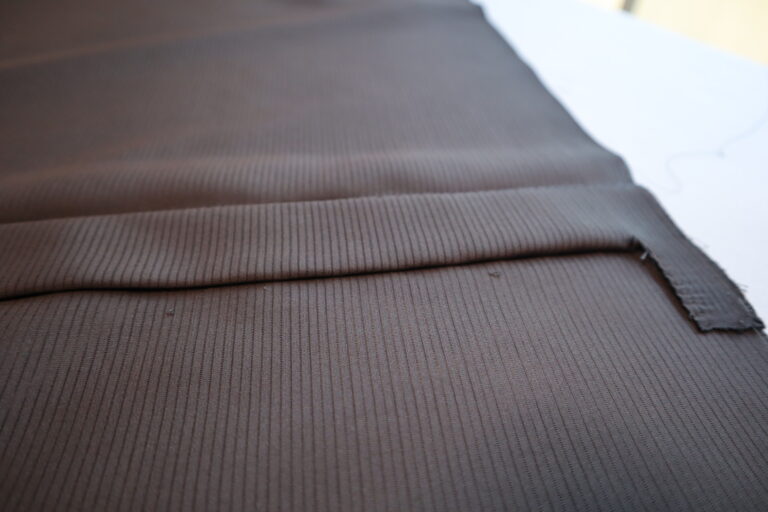 Sewing note
Sewing note
Rules for Seam Allowance : Kimono Sewing…
There are rules on how to turn the seam allowance […] -
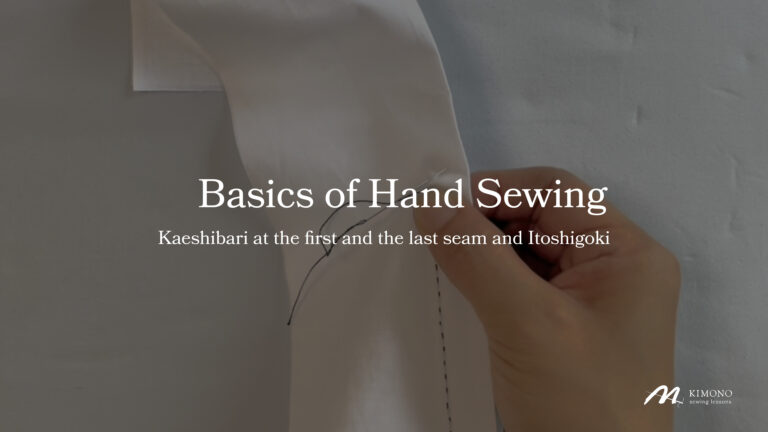 Basic sewing method
Basic sewing method
Basic of hand sewing : Kaeshibari and It…
Next to the Unshin, the basics of hand sewing that […] -
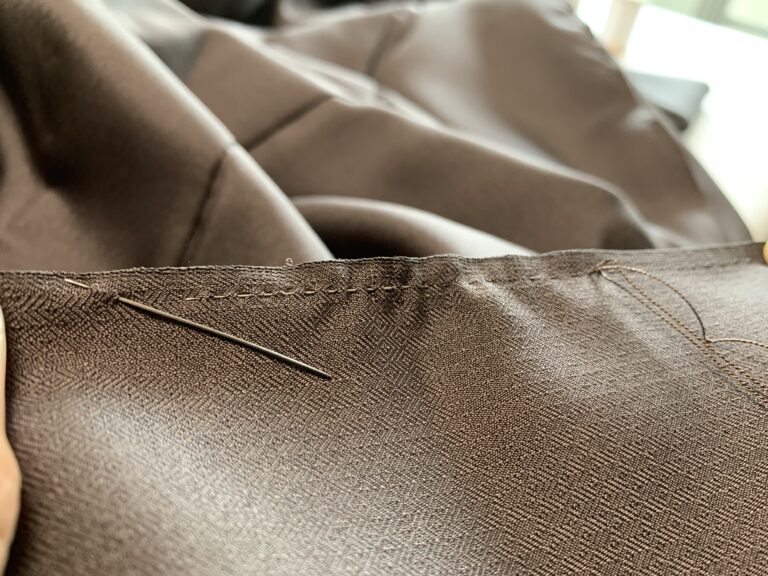 Sewing note
Sewing note
Single Thread and Double Thread : Kimono…
WASAI, the traditional way of sewing kimono, is do […] -
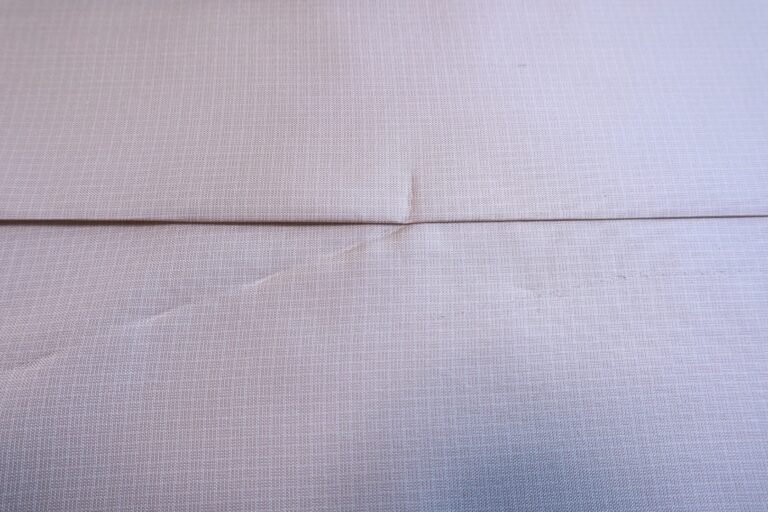 Sewing note
Sewing note
What is “ Kise ”:Kimono Sewing Terms Glo…
Closed seams and open seams are the two most commo […] -
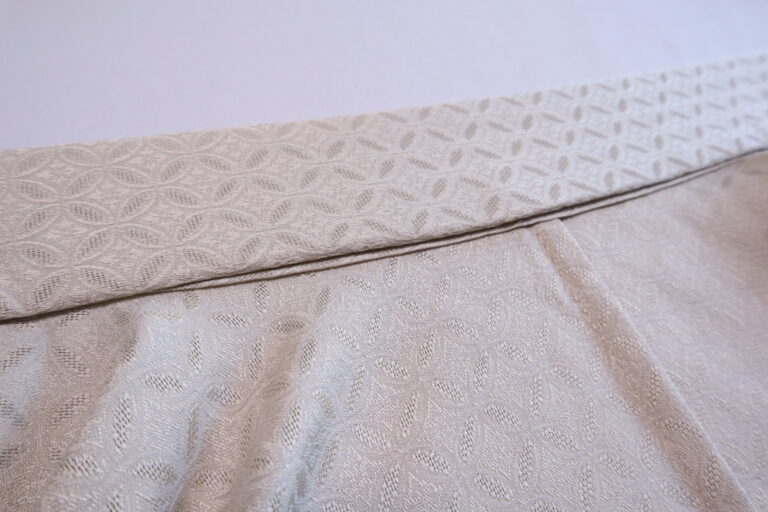 Sewing note
Sewing note
How to make “chikara-Nuno” for attaching…
In addition to small “mikazuki”, you may also see […]
